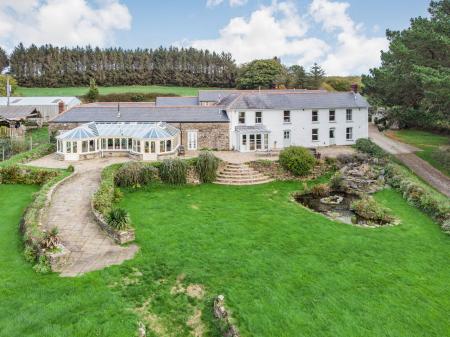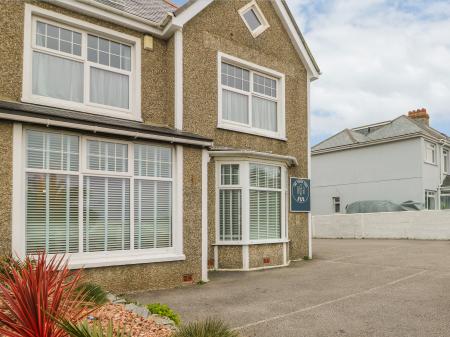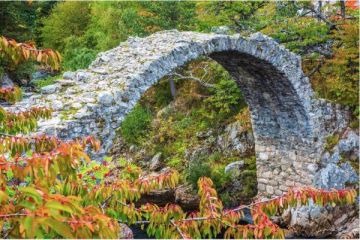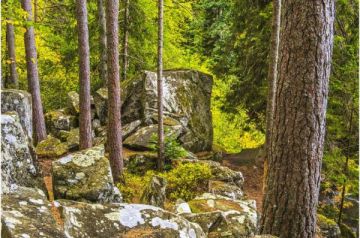What is the oldest castle in England?
It's a surprisingly difficult question to answer and largely depends on how you define a castle. For example, do we include Roman buildings that were later altered to become medieval castles? Do we count earthwork structures or only stone fortresses? Do we include only castles built 'from scratch' or those which reused an existing structure? And what is a castle, anyway?

What is a castle?
If I ask you to picture a castle, chances are you will imagine a late-medieval stone fortress, but most early castles were simple earthen mounds topped by a timber palisade and surrounded by an enclosure, within which stood secondary buildings such as stables, a chapel, and a kitchen. Some of these timber structures were later rebuilt in stone, while others were left to decay.
Most of England's oldest castles date from the period immediately following the Norman Conquest, and castle-building as we think of it today was introduced to England by the Normans following their invasion in 1066.
However, there are several examples of pre-Norman castles, notably in Herefordshire. These are clearly influenced by Norman design and illustrate the close links between British and Norman nobility even before the Conquest of 1066.
Dates of construction are, of necessity, estimates. Dating early castles with any precision is extremely difficult as the historical records are patchy at best. We can, however, make a good guess as to the dates these castles were begun. For the purposes of this article, I've used dates put forward by Historic England.
Oldest Castles in England
There are three pre-Norman castles in Herefordshire, all built in the decades prior to the Norman Conquest.
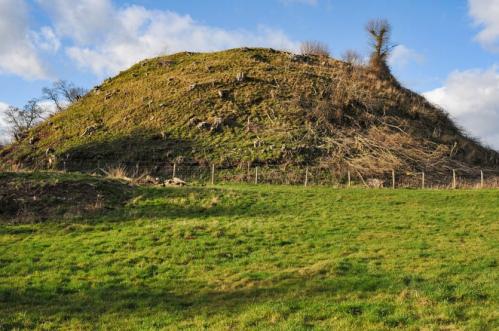
1. Ewyas Harold Castle
Standing on a promontory above the Dulas Brook are the remains of a pre-Norman motte and bailey castle and a very early priory. The castle may have begun in 1048 and we know from written records that it stood by 1052. A subsequent castle owner founded a priory within the castle enclosure sometime around 1100.
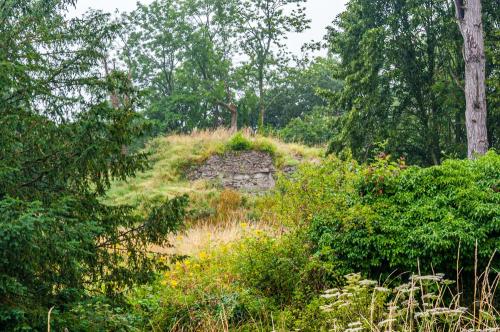
2. Richard's Castle
Sometime around 1050 Richard fitz Scrob, sometimes known as Richard le Scrob, a Norman lord living in England, built a simple motte and bailey castle on his Herefordshire estate. This is believed to be one of only four castles that Edward the Confessor licensed during his reign. A settlement grew up around the castle and this settlement grew in time to become the village of Richard's Castle.
The new castle and others at Hereford and Ewyas Harold alarmed the local inhabitants, who flocked to support Earl Godwin of Wessex in opposition to the new Norman fortresses. The Earl demanded that Richard fitz Scrob surrender the castle, but the king came down on Fitz Scrob's side and the earl was exiled.
Richard's Castle is one of the finest examples of traditional Norman motte and bailey castle, consisting of a tall, conical mound with a bailey enclosure to the east and a large outer enclosure extending around the original settlement.

3. Hereford Castle
The origins of Hereford Castle are unclear, but there may have been a fortification here before the Norman Conquest. We know that there was an Anglo-Saxon monastery on the site, and possibly a minster church and college dating back to the 7th century. Shortly after the Conquest, William fitz Osbern, Earl of Hereford, rebuilt the earlier structures as a motte and bailey castle.
The castle mound was levelled after the Civil War and there is very little now to see above ground. However, parts of the medieval castle moat still survive and form an impressive reminder of the size and importance of Hereford Castle in the medieval period.
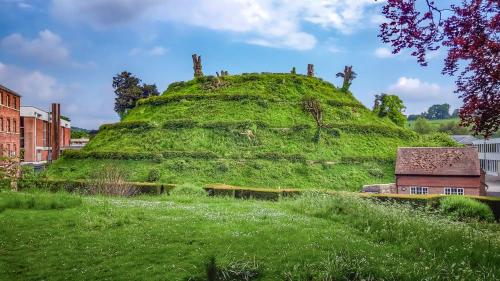
Marlborough Mound
This manmade earthen mound lies within the grounds of Marlborough College, Wiltshire, and is not accessible to the public. It dates to sometime around 2400 BC, making it by far the oldest site in the UK to later be used as a castle. The mound rises 19m, making it second only to nearby Silbury Hill in size.
In 1067 Roger, Bishop of Salisbury, adapted the existing mound to create a motte and bailey castle and it was here in 1070 that Ethelric, Bishop of Selsey, was imprisoned and died. The castle was later rebuilt in stone and used as a royal residence for monarchs hunting in Savernake Forest. After Henry III's death in 1272, the castle was allowed to decay and was unused after 1370.
Other prehistoric monuments to be adapted as castles include Dover Castle and Skipsea Castle. Roman sites adapted as castles include Colchester Castle, Pevensey Castle, and Scarborough Castle.
The Oldest Norman Castles
(Built Immediately After the Norman Invasion)

1. Pevensey Castle, East Sussex (1066)
Sometime around AD 270, the Romans built a fort called Anderida on a rise of solid ground above the marshes at Pevensey. In 1066, almost eight centuries later, William, Duke of Normandy, came ashore at Pevensey and established a camp inside the Roman walls. It seems very likely that the Normans built temporary defences at Pevensey before marching out to do battle with King Harold at the Battle of Hastings.
Sometime in the 1070s Roger of Mortain repaired the Roman walls and extended the temporary fortifications at Pevensey with a pair of bailey enclosures defended by timber palisades. It was left to King Richard I to create the first stone fortifications in the 1190s. The medieval castle was besieged four times over the centuries, restored by Elizabeth I to counter the threat of the Spanish Armada and re-armed during WWII.

2. Hastings Castle, East Sussex (1066)
This hilltop site overlooking Hastings was occupied in the prehistoric period, used as a hill-fort in the Iron Age, and possibly reoccupied by the Romans. Built at the same time as Pevensey Castle or perhaps even slightly earlier, Hastings Castle began as a temporary timber structure and may have been erected on a completely different site to the medieval stone structure we see today.
With Pevensey, it is one of two castles built by William the Conqueror before the Battle of Hastings. After his success over King Harold, William ordered Hastings to be rebuilt in stone. The collegiate church of St Mary-in-the-Castle was added to the site around 1075.
The cliffs collapsed following storms in the 13th century and the southern section of the castle fell into the sea. The remainder was allowed to fall into decay.
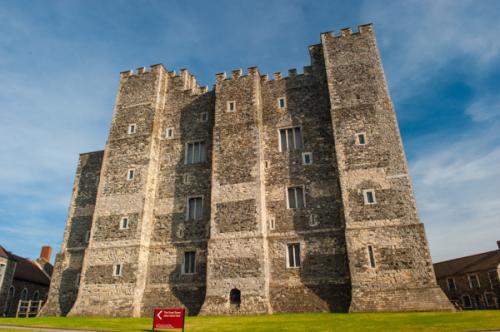
3. Dover Castle, Kent (1066)
Though the site has Iron Age origins, the current castle began with William the Conqueror and was the third major castle built by William in the immediate aftermath of his invasion of England. Unlike Pevensey and Hastings, Dover Castle was begun after the Battle of Hastings.
Within the stone ramparts are a Roman lighthouse and an Anglo-Saxon fort. Some historians suggest that this Saxon fort should be considered a pre-Conquest castle on a par with Ewyas Harold Castle, Richard's Castle, and Hereford Castle.
Though the castle was begun by William, it was transformed into one of the great medieval castles by Henry II. So important was Dover Castle to the security of England that later generations called it 'the key to the kingdom'.
Castles Built After William the Conqueror's Coronation
While we can be reasonably confident about the origins of the castles mentioned above, we now enter the realm of speculation.
We know that of the castles below were built in the decade following 1066, but it is not clear in which order they were built, making it just about impossible to establish a clear timeline. This 'Phase Two' of Norman castle building includes some of England's most iconic and important medieval fortresses.
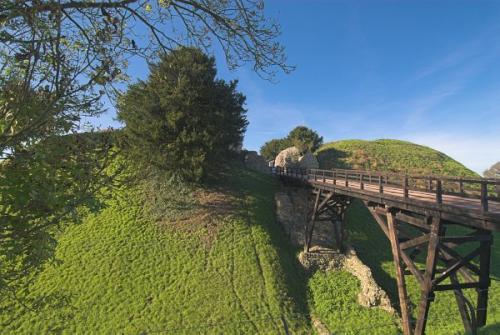
1. Old Sarum, Wiltshire
William the Conqueror built a motte within the earthwork banks of an Iron Age hill-fort north of present-day Salisbury and this fortification served as an important military base during the early years of the Norman conquest of England.
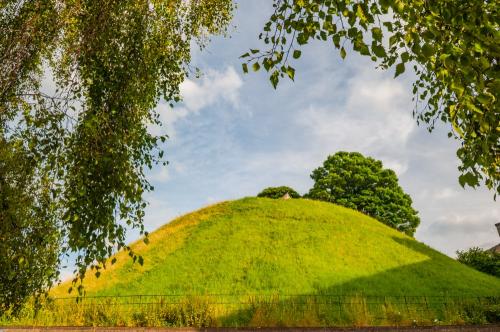
2. Oxford Castle, Oxfordshire
Sometime around 1071, William the Conqueror built a large castle mound within the walled town of Oxford. The stone keep built by Robert d'Oilly is now gone, but the castle mound is remarkably complete.
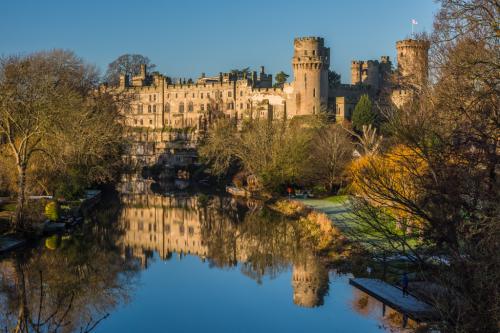
3. Warwick Castle, Warwickshire
The origins of Warwick Castle go back to the year 914 when Ethelfleda, daughter of Alfred the Great, built an earthwork fortification here. William the Conqueror used the 10th-century mound as the basis for a new castle, one that grew to become one of England's most impressive and enduring castles.

4. Norwich Castle, Norfolk
It seems likely that William the Conqueror began building a castle at Norwich within a year of seizing the throne of England. He selected a natural hill within the Saxon city walks and here built a mound topped by a timber palisade. William II rebuilt the wooden fortifications in stone around 1094. The castle keep later served as the county gaol, then a prison, and is now an outstanding museum.
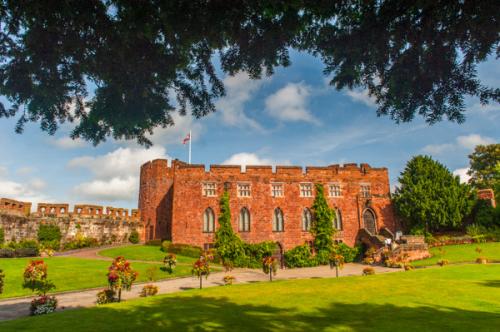
5. Shrewsbury Castle, Shropshire
Once again, we have a castle whose origins are unclear. Tradition says that Shrewsbury Castle was built by Earl Roger de Montgomery in 1083 but it seems likely that Montgomery merely enlarged and strengthened an earlier castle, begun by William the Conqueror around 1068. Shrewsbury Castle is perhaps best known today as a setting for the popular Brother Cadfael mystery novels by Ellis Peters.

6. Chester Castle, Cheshire
Begun sometime around 1070 as a simple earthwork motte and bailey, the castle wasn't rebuilt in stone until the late 12th century. Today, only the Agricola Tower survives.

7. Lincoln Castle, Lincolnshire
Begun on the orders of William the Conqueror in 1068 as a simple motte and bailey fortress, with the outer bailey encircling the entire medieval city of Lincoln. Rebuilt ion stone in 1136 and the focal point of two pivotal battles during the medieval period. Lincoln Castle holds an original copy of the Magna Carta, one of only four in existence.

8. Cambridge Castle, Cambridgeshire
The contrast between Lincoln Castle and Cambridge Castle could not be more pronounced. While Lincoln Castle remains one of the great medieval fortresses of England, Cambridge Castle lies half forgotten, tucked away behind modern buildings above the River Cam, ignored by the tourists who flock to enjoy Cambridge.
The castle consists of a simple conical mound, built by William the Conqueror on the only high ground near a crossing of the river. Though it was later rebuilt in stone, today only the earthen castle mound remains.
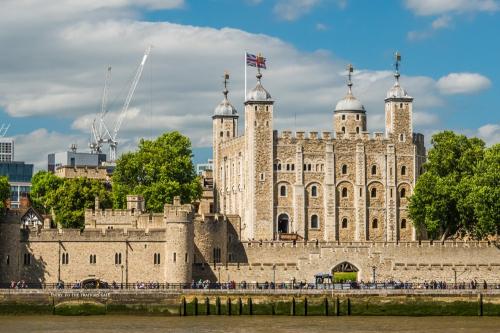
9. Tower of London (1066-1078)
The White Tower forms part of the Tower of London. It was begun by William the Conqueror sometime before 1078, probably to a design by Gundulf, Bishop of Rochester, who was also responsible for Rochester Castle. The name suggests that the tower was originally rendered and painted white, though now no trace of the paint remains.
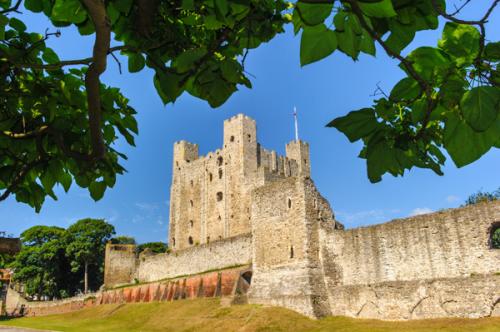
10. Rochester Castle, Kent (1066-1088)
Another of Bishop Gundulf's designs, begun shortly after the Norman Conquest. Rochester was one of the first castles to be built in stone and boasts that highest tower keep in England. The castle has survived with few alterations over the centuries.

11. Windsor Castle, Berkshire (1066)
The largest castle in England, Windsor has served as a royal residence for more than nine centuries. Begun under William the Conqueror and extended numerous times by monarchs that followed him, notably by Henry II, who rebuilt much of the 11th-century castle in stone.
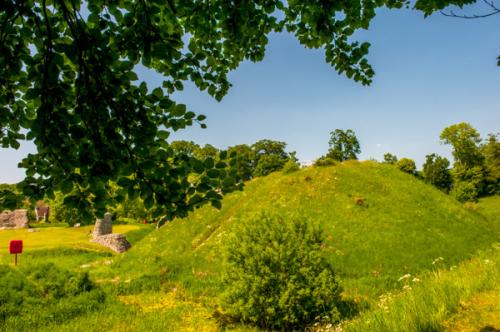
12. Berkhamsted Castle, Hertfordshire (1066)
Begun very shortly after the Battle of Hastings by Robert of Mortain, William the Conqueror's half-brother, on a major transportation route from London to the Midlands. Most of the structures we see today date from the 12th and 13th centuries. Some historians consider Berkhamsted to be one of the oldest castles in England, but Historic England stick to a date slightly later than the castles above.
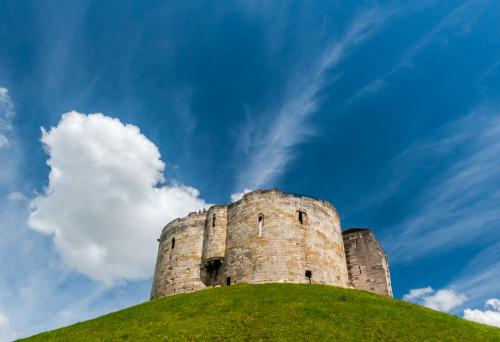
13. Clifford's Tower, Yorkshire (1068)
The striking motte of Clifford's Tower is a York landmark. The stone tower that stands atop the mound is the best-preserved part of a castle begun around 1068.
Across the River Ouse from Clifford's Tower is the smaller mound of Baile Hill. Built around the same time as Clifford's Tower, Baile Hill was later incorporated into York's medieval city walls.
The twin mottes of Baile Hill and Clifford's Tower controlled access to the river and thus, to York itself, and were very likely the first castles built in the north of England.
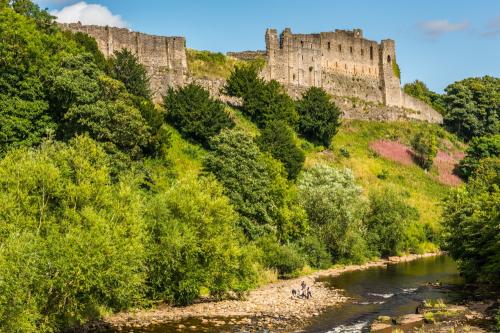
14. Richmond Castle, Yorkshire (1071)
We know who built Richmond Castle but we don't know exactly when. The castle was begun by Count Alan Rufus (Alan the Red), one of William the Conqueror's warriors, who was granted land in the north of England in exchange for his support. The castle fell into decay after the 14th century but it is probably the least-altered 11th-century castle in England.
Other Early English Castles
- Arundel Castle (1067) - Founded by Roger de Montgomery
- Durham Castle (1072) - Started by the Normans, now part of Durham University
- Colchester Castle (1076) - Built on the foundations of the Roman Temple of Claudius
Castles were built to control important areas, protect local populations, and demonstrate the wealth and power of their owners. Over time, as warfare tactics evolved and artillery became more powerful, castles gradually lost their defensive importance and many transformed into more comfortable palace-like residences.
Note: All photos by David Ross except as noted. Photos of Ewyas Harold Castle and Marlborough Mound are republished with gratitude under a Creative Commons license.
MOST POPULAR POSTS
